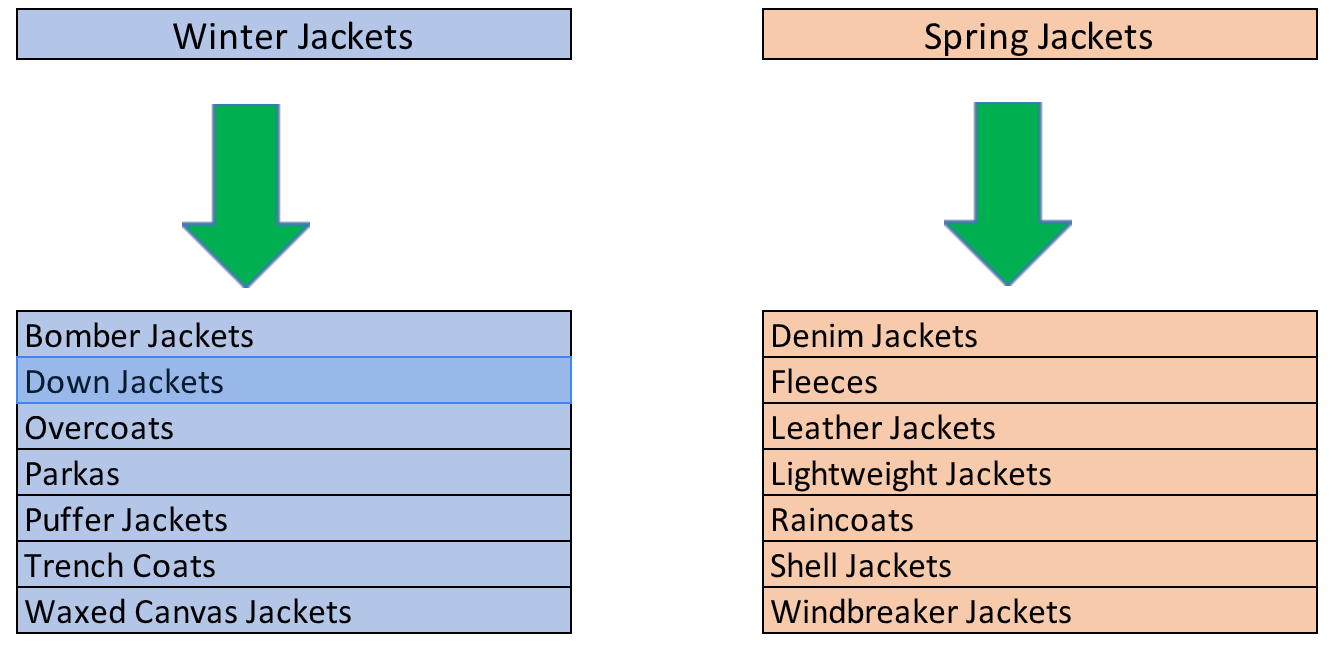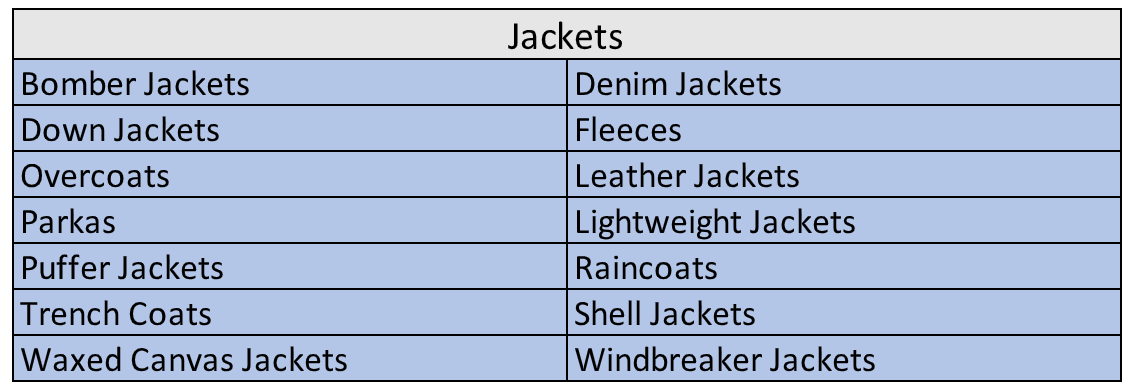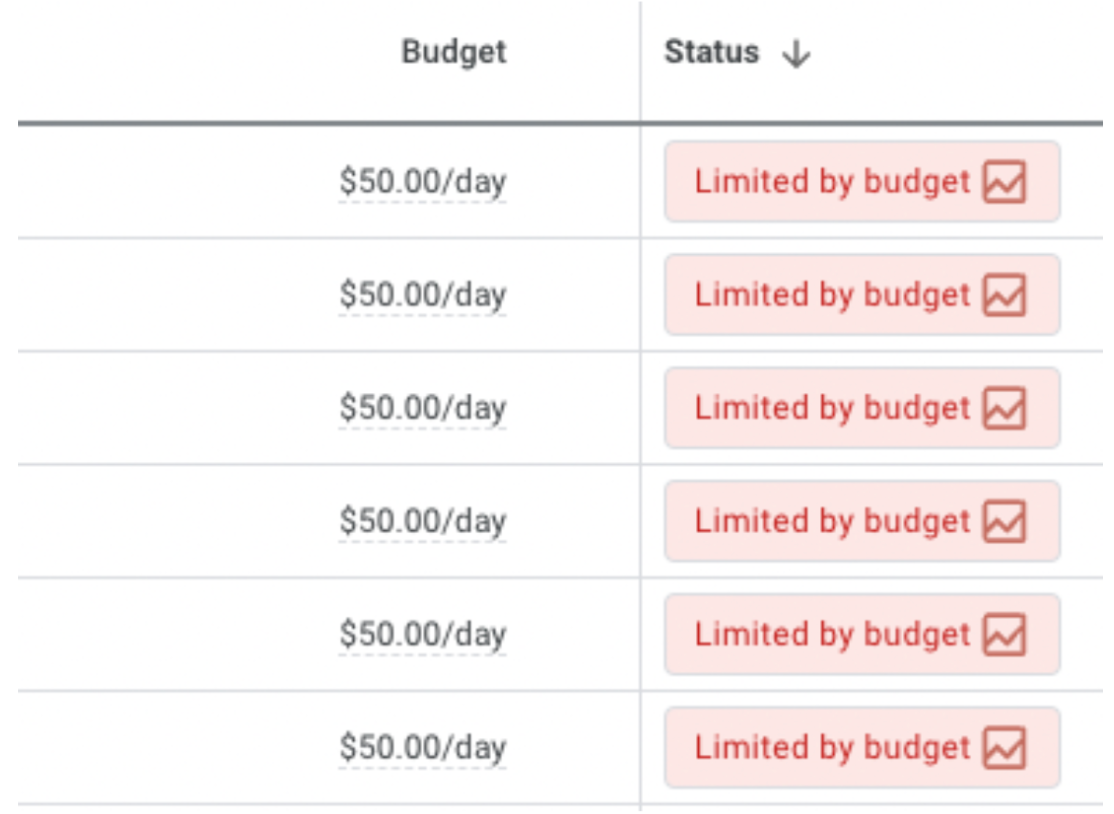The days of manual paid search management are behind us.
Manual strategies don’t take into account all user signals or learn fast enough. Moreover, they’re not sustainable for effective account management and growth.
Automation and machine learning consider more factors and learn quicker than humans. The reality is that no one can manage their accounts better than Google. However, the following question remains:
How can marketers give Google the data and autonomy to drive positive results?
Data is the central part of the equation. The more you can provide, the better. Volume is crucial, whether it’s more conversion points, increased clicks per campaign or additional assets. At the same time, we’re not providing data just for the sake of aggregation.
Here are three tactics to drive quality data:
A fundamental practice of paid search has always been to create theme-based campaigns. If you sell jackets, you may have separate campaigns for “winter jackets” and “spring jackets.” Here are the campaign layouts with ad groups below the arrows.

Along with the theme segmentation, the individual campaigns can have their own budgets, ad extensions, audiences, and more. Searchers see more relevant ads while advertisers work within their budgets and goals. Everything sounds good, and a few years ago, this strategy would have been sound. Fast forward to today, this strategy has its faults.
Let’s say that each of these campaigns utilizes a unique maximize conversions bid strategy without an optional tCPA. The “winter jackets” campaign has seen 25 conversions over the last 30 days, while the “spring jackets” campaign has seen 20 conversions. According to Google Support, results are most accurate when a bid strategy has seen at least 30 conversions within a month (50 if using a maximize conversion value strategy). The greater the number of conversions, the better and the shorter the learning period is. The campaign structure as it stands isn’t giving either bid strategy enough data.
An alternative is to combine the campaigns. Instead of separate “winter jackets” and “spring jackets” campaigns, we’ll create an all-encompassing “jackets” campaign.

This new campaign will generate the 30 requisite conversions and provide the system with more data to work from. Nothing will change with our ad groups are set-up, ensuring relevance from search query to the ad seen and the landing page. Our extensions previously set at the campaign level can be merged, or we can create ad group level extensions.
The primary deterrent of this tactic is how it impacts the bid strategy. The two campaigns each had their own bid strategy. With the single campaign, we have the one bid strategy. If you are using the maximize conversions or maximize conversion value strategies without an optional tCPA or tROAS, there is no need to worry since there are no thresholds to be hit. If the threshold is a concern, consider the highest value to begin. If the tCPA target for the “winter jackets” campaign was $35 and $40 for the “spring jackets” campaign, start with $40. You can also set the tCPA at the ad group level.
You may ask why we wouldn’t choose a portfolio bid strategy instead of combining campaigns. A portfolio strategy is a legitimate option and would help secure more data. The problem is that portfolio strategies encompass many campaigns instead of just one. Different campaigns have different goals, which could render a bid strategy irrelevant for some of the campaigns. It’s also hard to break a campaign out of a portfolio bid strategy and maintain the same success of that campaign if the data thresholds are low. One campaign per bid strategy is the desired workflow.
Combining campaigns is also a sound tactic when many individual campaigns are limited by budget.

Limiting your budget prevents the system from gathering enough data. Additionally, if your budget is $50 and you have an optional tCPA of $75 setup, the strategy will be ineffective. Combining campaigns will give the individual campaign more funds to work with. It’s not a perfect solution as you may still have budget issues. However, the fewer campaigns impacted by a limited budget, the better.
Many advertisers only track their most important conversions. For example, an eCommerce account will set up conversion tracking for purchases and newsletter sign-ups but not clicks on a product video. The rationale is that these conversions aren’t as important, and we’re not optimizing toward them anyway. Though these conversion points are secondary, they are worth tracking because they give bid strategies something to work with.
It behooves advertisers to set up all conversion points, even if many of them won’t be used initially. Purchases and form fills are necessary to set up, but conversion points like these also have merit:
For top of the funnel and Display campaigns, these conversions may be worth using in our bid strategies. We could set a maximize conversions bid strategy based on a custom goal of video views and chatbot clicks. Whereas we probably won’t see many purchases from a top-of-funnel campaign, we can have the strategy optimize for engagement.
Google offers many ad formats that require a combination of text, image and video assets. The greater the number of assets, the more effectively Google can test the combinations and show the best performing entities. For example, Google allows up to 15 headlines and four description lines for responsive search ads. That leaves thousands of combinations for Google to test and show the most relevant ad to each user.
These assets are all classified with a poor, average or good rating (the wording differs between the different ad types, but the principle of ad strength is consistent). For RSAs, Google states that “Advertisers who improve ad strength from ‘Poor’ to ‘Excellent’ see 9% more clicks and conversions on average.” Any asset improvements will only help Google find the right combinations for users.
We think of paid search automation by how it will help us hit our goals. Though this statement is accurate, it’s simplistic. We need to be willing to manage our accounts to complement what Google is doing. If we’re striving to increase conversions, we need to provide enough data to make the automation decisions.
My new book, “Average is Losing” is finally here! I created this playbook to help savvy advertisers close the gap between winning and run-of-the-mill paid advertising campaigns.
It’s filled to the brim with the latest strategies, tactics and tips our Closed Loop experts use to help our clients seek exponential growth.
Are you ready to rise above average campaign performance? Start your business on the path to PPC domination today!
– Lance Loveday
